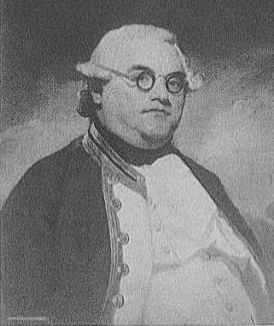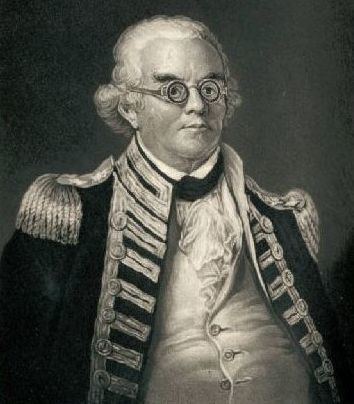Died 7 April 1808 Name Peter junior Rank Admiral | Service/branch Royal Navy Allegiance United Kingdom | |
 | ||
Commands held HMS Astraea
HMS Monarch
HMS Suffolk
East Indies Station Battles/wars American Revolutionary War
French Revolutionary Wars
Napoleonic Wars | ||
Peter Rainier (24 November 1741 – 7 April 1808) was a Royal Navy officer who served during the Seven Years' War, the American Revolutionary War and the Napoleonic Wars. From 1794 to 1805, Rainier was commander-in-chief of the Navy's East Indies Station, covering all seas between the Cape of Good Hope and the South China Sea.
Contents

Mount Rainier in Washington, USA, is named after him.
Early life
Rainier was born in England on 24 November 1741, the grandson of Daniel Regnier, a Huguenot refugee, and the son of Peter Rainier of Sandwich. He enlisted in the Royal Navy in 1756, at the outset of the Seven Years' War. After a period as an ordinary seaman aboard HMS Oxford, Rainier was transferred to HMS Yarmouth in 1758. He later served aboard Norfolk, and Burford. On 26 May 1768, working as the master of one of his family's merchant ships, Rainier was promoted to lieutenant.
During the American Revolutionary War, Rainier was severely wounded on 8 July 1778, while capturing a large American privateer. He was promoted in rank and went on to become Captain of the 32-gun frigate HMS Astraea. He commanded her on the Jamaica Station from 1786 to 1790.
In 1790, he became the commander of HMS Monarch. On 8 May 1792, George Vancouver named Mount Rainier in modern-day Washington after Captain Rainier:
"The weather was serene and pleasant, and the country continued to exhibit between us and the eastern snowy range the same luxuriant appearance. At is northern extremity, Mount Baker bore by compass N. 22E.; the round snowy mountain, now forming its southern extremity, and which, after my friend, Rear Admiral Rainier, I distinguish by the name of Mount Rainier, bore N(S) 42 E."In early 1793, Rainier commissioned the 74-gun Suffolk. From 1794 to 1805, Rainier commanded Royal Navy operations on the East Indies Station. During his tenure, large swaths of territory came under British control.
In 1795, Rainier was promoted to Rear-Admiral. Four years later, he was promoted to the rank of vice admiral. He served in the East Indies as Commodore and commander-in-chief of a fleet.
In 1800, he commanded an expedition to Java. On 23 August 1800 Sybille, Daedalus, Centurion, and Braave entered Batavia Roads and captured five Dutch armed vessels in all and destroyed 22 other vessels. The British took one vessel into service and Captain Henry Lidgbird Ball of Daedalus named her HMS Admiral Rainier, and ordered her manned, armed, and equipped. (Admiral Rainier was sold in September 1803.)
In 1805 Rainier returned to England and retired from active duty.
Post-military career
After Rainier's retirement, the ministry continued to consult him and in 1805 was promoted to Admiral of the Blue in the celebratory promotions following the British victory at the Battle of Trafalgar. In 1807, he became a Member of Parliament (MP) for Sandwich. He died the following year at his home on Great George Street, Westminster.
Rainier left an estate valued at £250,000. After having made provision for his near relations, he left ten percent of his estate to the Chancellor of the Exchequer to be used to reduce the national debt, in acknowledgement of:
...the national establishment of the Royal Navy, in which I have acquired the principal part of the fortune I now have, which has exceeded my merit and pretensions.
